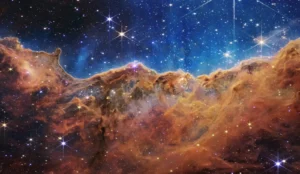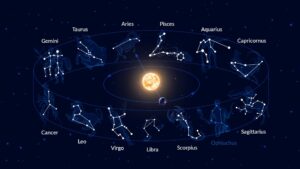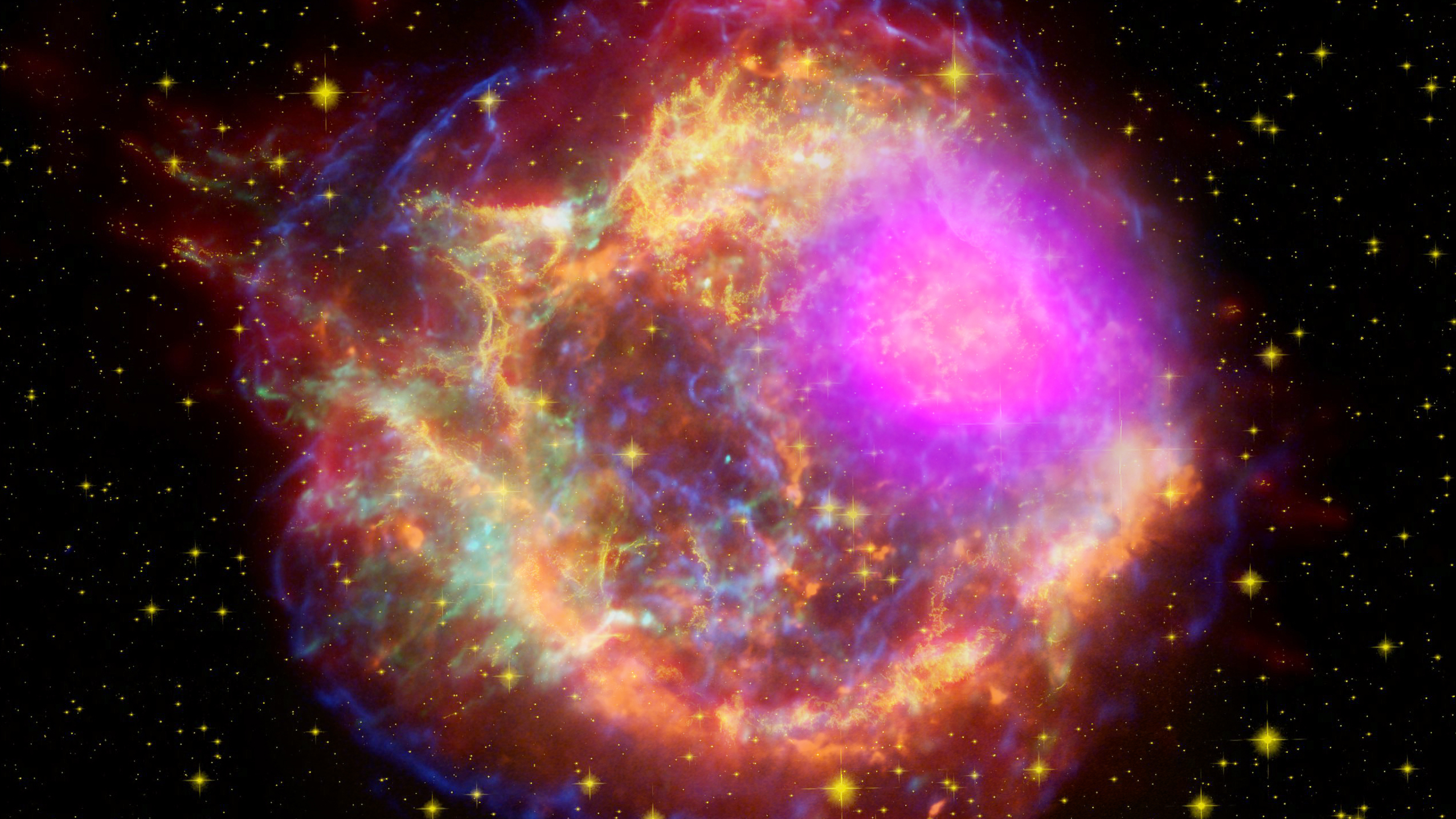
Exploring the Cosmos: Unveiling the Secrets of Different Types of Stars
Stars come in many forms, like main sequence stars, red giants, and white dwarfs. Each type has its own special features. We will look at how stars are classified, how they change over time, and the amazing things they do. This article will take you through the main types of













